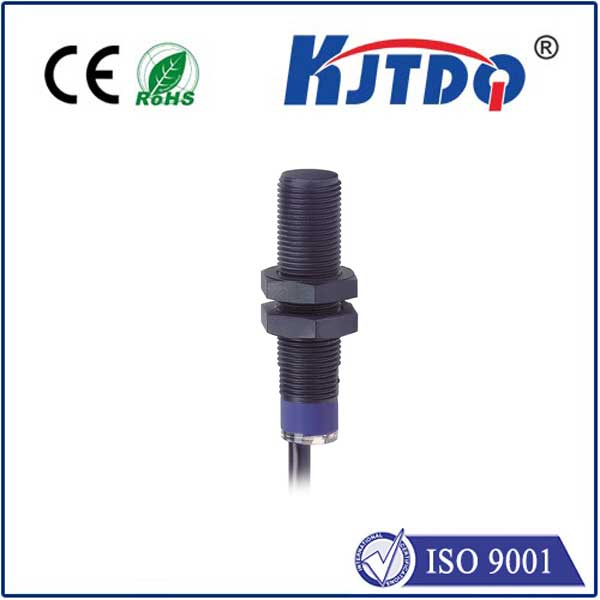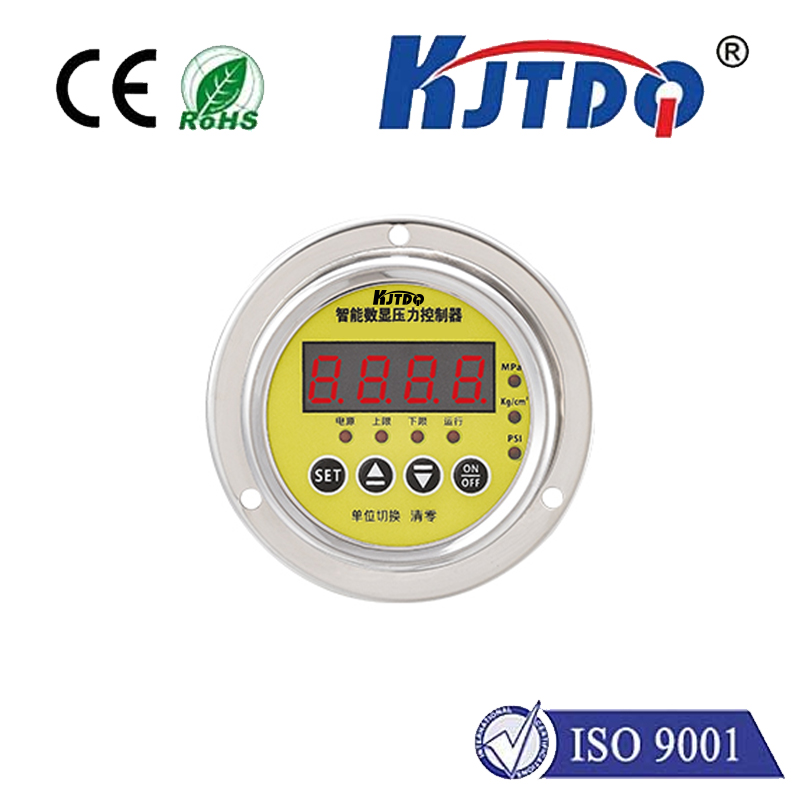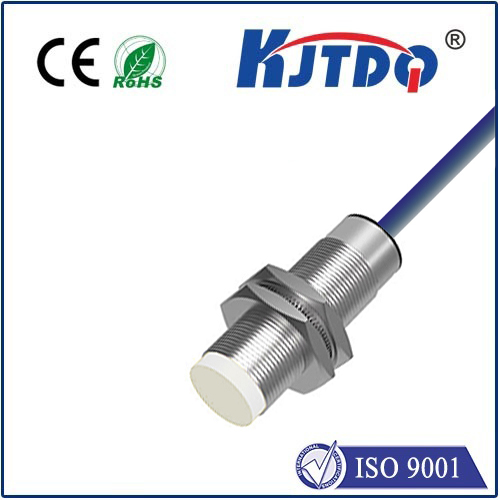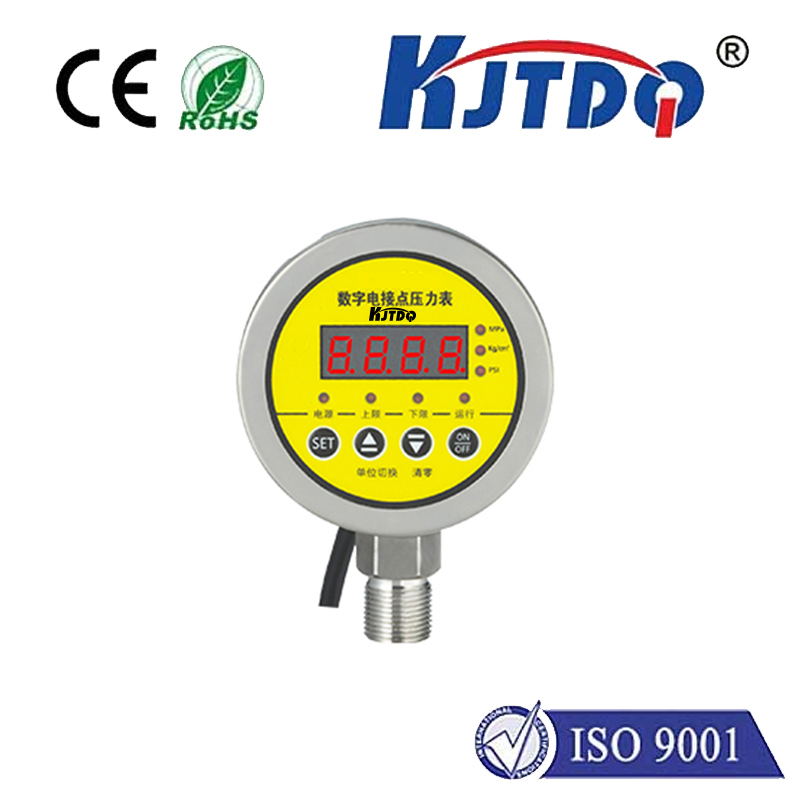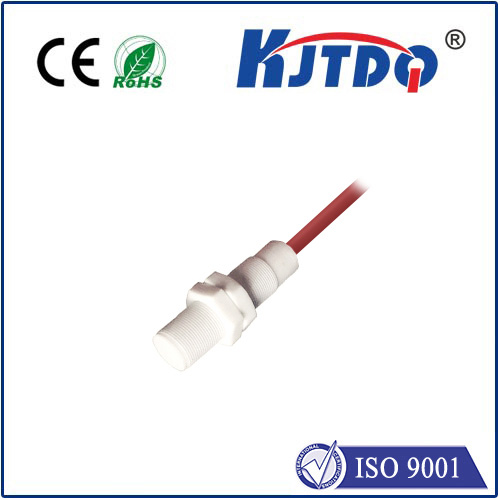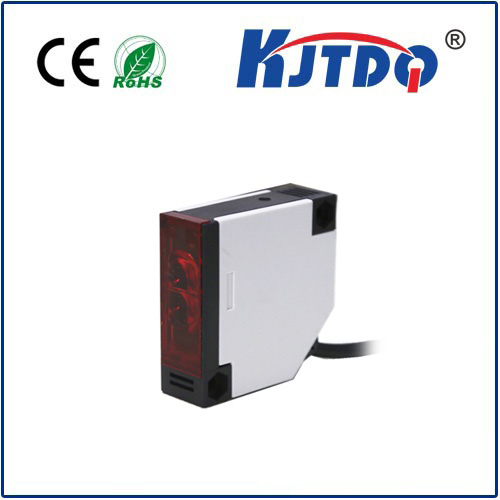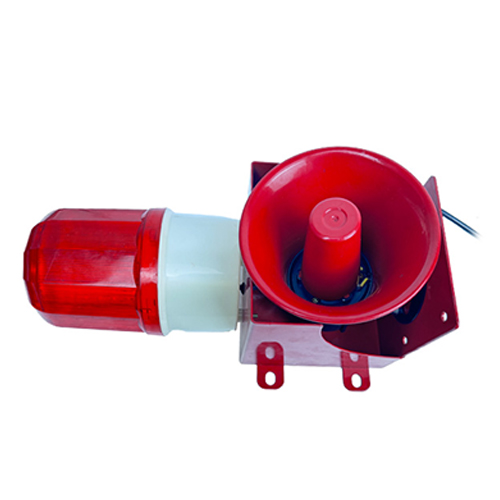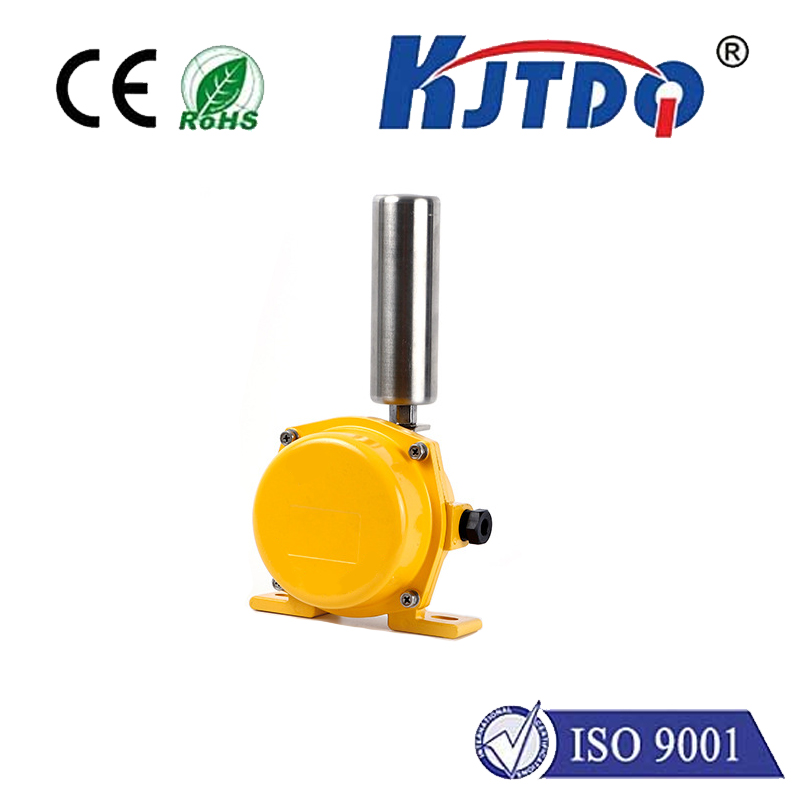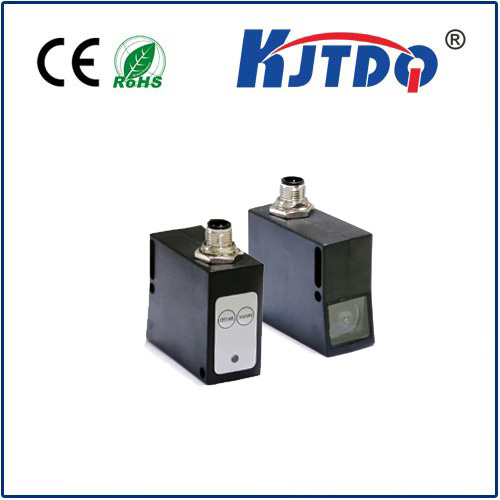

check

check

check

check
Imagine trying to hear a whisper in a noisy room. A single microphone might pick up mostly the chaos. But if you used two microphones – one near the whisperer and one capturing just the background noise – and subtracted the latter from the former, you could isolate the whisper clearly. This fundamental principle lies at the heart of differential sensors, a critical technology enabling unparalleled precision and noise immunity in countless measurement applications. These sensors don’t just measure an absolute quantity; they measure the difference between two points, unlocking capabilities essential for modern technology.
What Exactly is a Differential Sensor?
At its core, a differential sensor detects and quantifies the difference between two physical quantities or signals acting upon its sensing elements. Unlike single-ended sensors that measure a value relative to a fixed reference (like ground), differential sensors compare two active inputs. Common examples include:
differential pressure sensor, ΔP sensor.The Power of the Difference: Why Differential Sensing Wins
The primary advantage of differential sensing is its exceptional ability to reject common-mode interference. This refers to unwanted signals or noise that appears identically on both input points of the sensor. Examples include:

A differential sensor inherently subtracts the signal at one input from the signal at the other input (Output = Signal_A - Signal_B). Crucially, any noise present on both signals (Common-mode Noise) gets canceled out during this subtraction process. This common-mode rejection ratio (CMRR) is a critical specification, quantifying how effectively the sensor ignores such common noise, leading to significantly cleaner output signals and vastly improved measurement accuracy in electrically noisy environments. Signal accuracy and noise rejection are paramount benefits.
Furthermore, differential sensors increase sensitivity to the actual parameter of interest (the differential signal). By focusing solely on the difference, often achieved via balanced Wheatstone bridge circuits in resistive types, even minute changes become detectable against a large static background value. This makes them ideal for measuring small variations, such as low pressure drops or tiny displacements, where single-ended sensors might struggle with resolution or be overwhelmed by offset errors. Measurement sensitivity is a key strength.
Differential Sensors in Action: Driving Key Industries
The unique capabilities of differential sensors make them indispensable across a broad spectrum of applications demanding precision and reliability:
differential pressure drop, ensuring precise flow control using flow meters (orifice plate/Venturi meter systems), detecting tank level via pressure difference between top and bottom, and controlling valves and actuators based on accurate pressure/position feedback. Process monitoring relies heavily on ΔP.Energy efficiency often hinges on these measurements.pressure sensing can be life-saving.EMI immunity is critical here.MEMS technology enables this miniaturization.Evolution and Technology Drivers
The field of differential sensing is constantly evolving. The integration of sophisticated signal conditioning circuitry on-chip with MEMS sensing elements creates highly integrated differential sensor modules. These “smart sensors” often include features like digital outputs (I2C, SPI), onboard calibration, temperature compensation, and programmable gain and filtering, simplifying integration and boosting overall system performance. Advances in materials science also enhance durability, extend operating temperature ranges, and improve long-term stability.
The growing demand for IoT devices and industrial Industry 4.0 initiatives further fuels innovation. Reliable, accurate, and robust differential sensors are fundamental for gathering the high-quality data needed for predictive maintenance, remote monitoring, and real-time process optimization in interconnected systems.
The Unseen Precision Engine
From ensuring clean airflow in hospitals to enabling the precise fuel injection that powers vehicles, differential sensors operate silently yet critically behind the scenes. Their inherent ability to focus on the relevant difference, while ignoring distracting common noise, makes them a cornerstone of reliable and accurate measurement. As technology demands ever-greater precision and resilience, especially in challenging environments, the sophisticated simplicity of measuring the difference will ensure differential sensors remain a vital tool for engineers and innovators shaping our technological future. Their role in enhancing system reliability and data integrity cannot be overstated.
